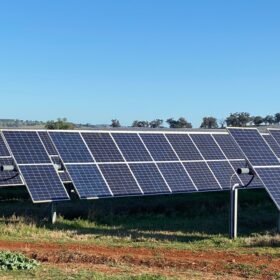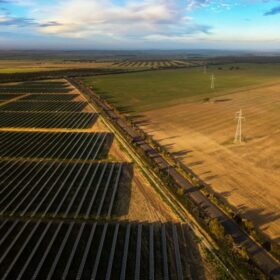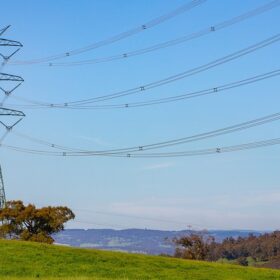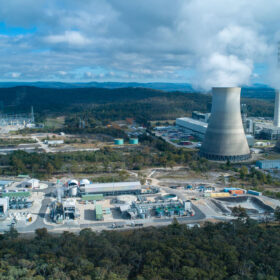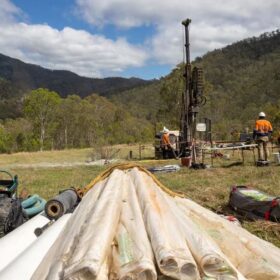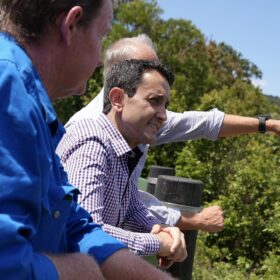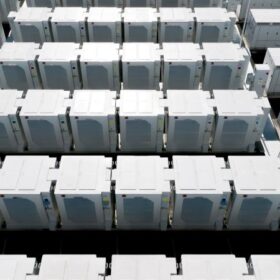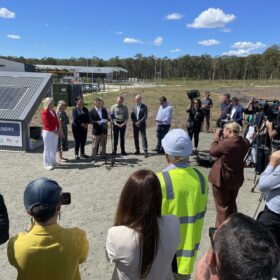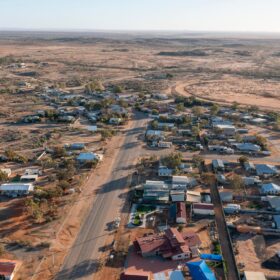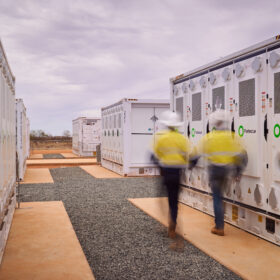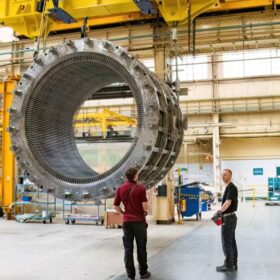Government accelerates approval process for 25 GW of priority renewables projects
More than 16 GW of solar and wind generation and approximately 6 GW of energy storage projects could benefit from an accelerated environmental approvals process as the Australian government works to deliver critical infrastructure needed to achieve its clean energy targets, including 82% renewable electricity by 2030.
Feedback sought on hybrid projects in next CIS tender for Western Australia
On the cusp of Capacity Investment Scheme Tender 2 – WEM Dispatchable successful proponent announcements, the federal government now calls for feedback on how to approach hybrid projects in the pending 2025 WEM Tender for Western Australia, opening mid-2025.
Pumped hydro energy storage potential equates to 2 trillion EV batteries: study
A new paper co-authored by Australian National University Professor Andrew Blakers discusses the potential for long-duration pumped hydro energy stations built on non-river locations, which, with batteries, can solve world’s energy storage needs.
Gamuda-Ferrovial JV secures deal for 12 GWh pumped hydro project
Malaysian engineering group Gamuda, in partnership with European civil engineering outfit Ferrovial, has signed an agreement with Capricornia Energy Hub to develop a 12 GWh pumped hydro storage system in Queensland.
350,000 MWh of storage within reach with HumeLink project’s federal approval
The Australian government has given a 365 kilometre transmission project in New South Wales the green tick, which has the potential to unlock an extra 3 GW of renewable energy into the grid, including from the SnowyHydro expansion project.
NSW provides green light for second 2 GWh battery in two days
The New South Wales clean energy transition is ramping up with the state government providing planning approval for a second 2 GWh battery energy storage system in as many days.
NSW HumeLink approval puts 2,200 MW on-demand energy within reach
New South Wales network operator Transgrid has received approval from the state government for its 365 kilometre HumeLink transmission project, which could be operational by 2027, and federal approval is received.
Alinta signs early contractor partners for 900 MW pumped hydro project
Australian electricity and gas provider Alinta Energy has hired Malaysian engineering group Gamuda and European civil engineering outfit Ferrovial Construction to help it progress the design of its 900 MW, eight-hour duration Oven Mountain pumped hydro project in New South Wales.
Queensland eyes smaller options after pulling plug on 120 GWh pumped hydro project
The new Queensland government says it is investigating opportunities to build multiple smaller, more manageable pumped hydro projects after formally scrapping the 5 GW / 120 GWh Pioneer-Burdekin pumped hydro project slated for the state’s central coast.
NSW pumps up long-duration energy storage target to 28 GWh
The New South Wales government will pump up the state’s long-duration energy storage capacity target to 28 GWh by 2034 as it prepares for the exit of coal-fired power generation and greater renewable energy integration.
